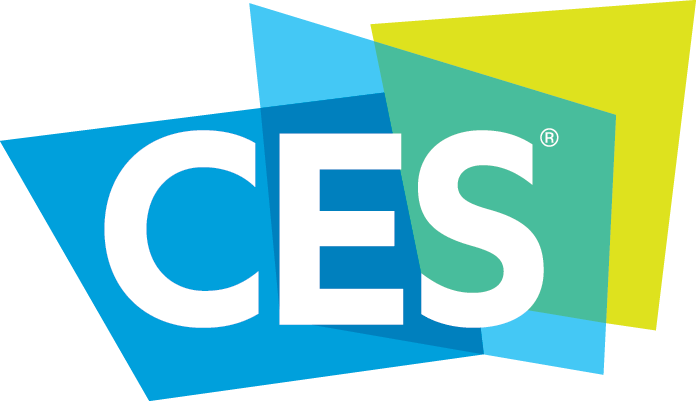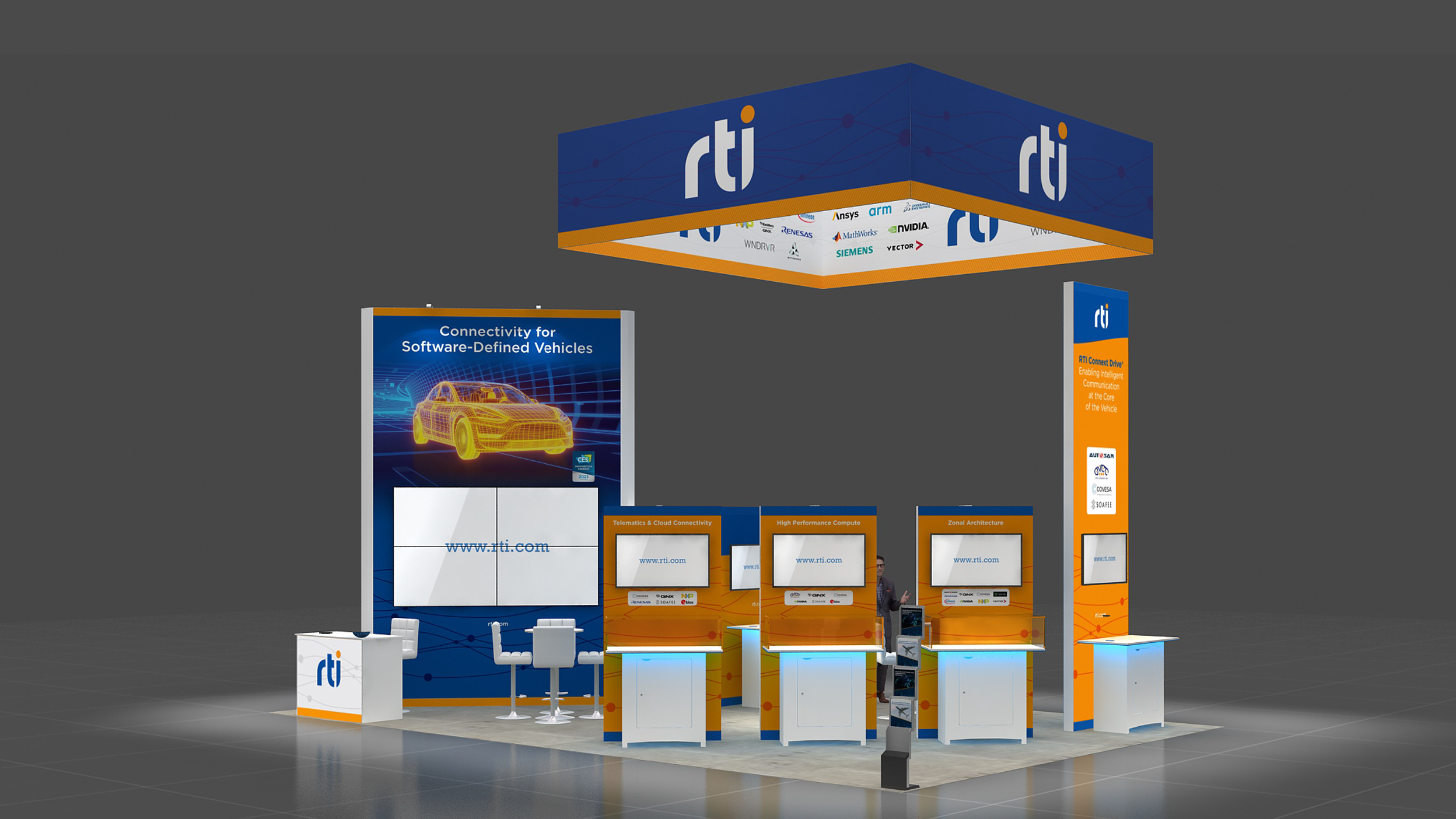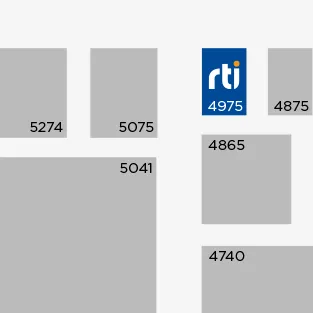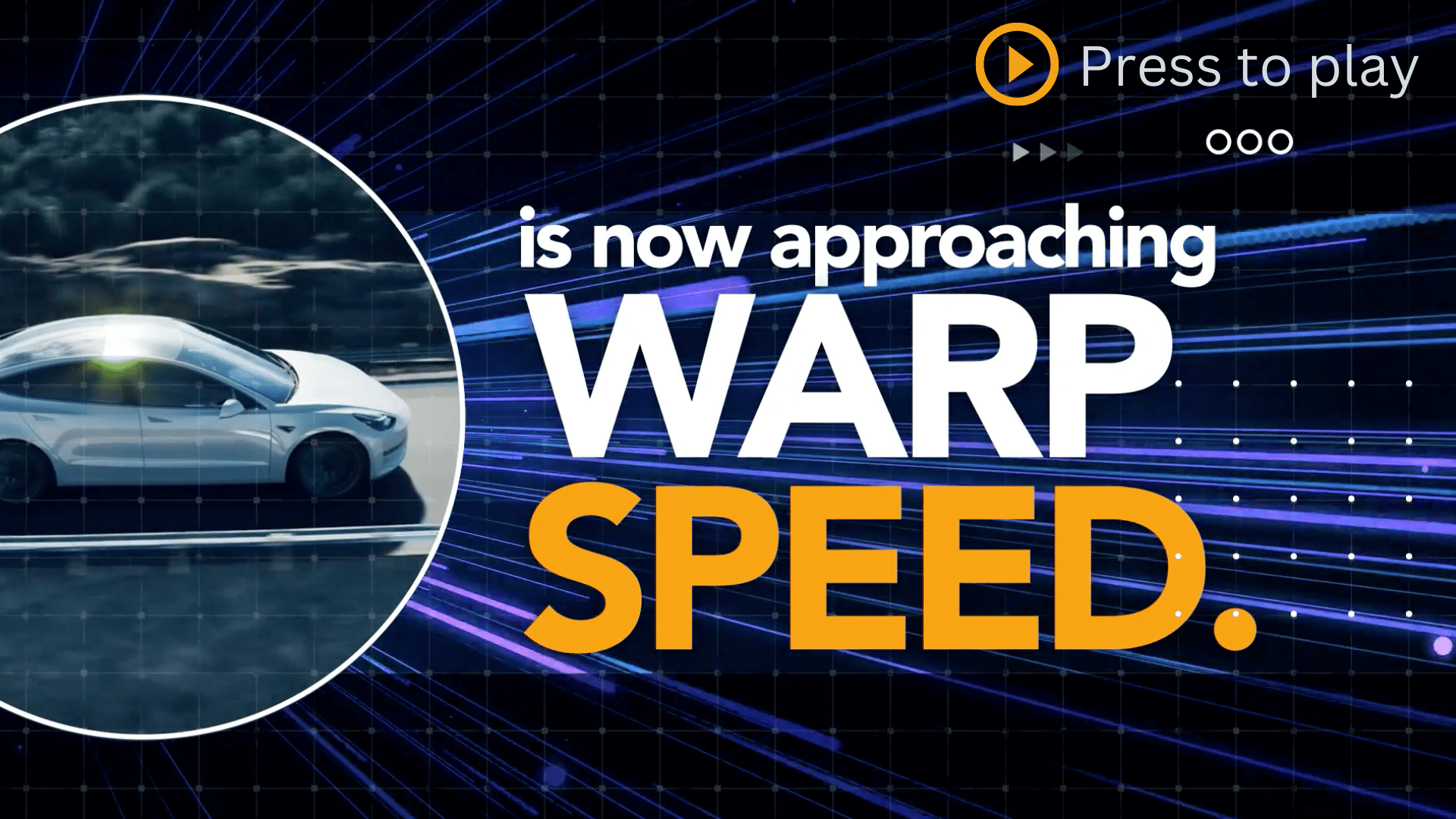
How do you design for safety, cybersecurity and performance when faced with rapidly-expanding code that needs backwards compatibility to support next-generation vehicle design? To enable connectivity from prototype to production, we recommend RTI Connext Drive®.
Connext Drive is an automotive-grade, safety-certified connectivity framework for software-defined vehicles. It enables flexibility in the software stack through an agile data-centric integration framework that allows architects to abstract from Hardware and Operating Systems and focus on developing their vehicle architecture. Connext Drive enables software developers to rapidly add and update vehicle functionality by providing fast and efficient connectivity at the core of the vehicle, from ECUs to the Cloud.
In production and in vehicles around the world, Connext Drive supports safety certification up to ISO 26262 ASIL D. By providing a proven Safety Element Out of Context (SeooC) to build production-grade vehicles, Connext Drive can reduce project risk and help accelerate your race to market. It operates seamlessly with key automotive operating systems, architectures and platforms, including Data Distribution Service (DDSTM), AUTOSAR Adaptive, AUTOSAR Classic and ROS 2.
In our CES booth, experience a live demonstration of how Connext Drive enables the Software-Defined Vehicle, applying unique communication capabilities both in and off vehicle. The demonstration will address the primary challenges of zonal architecture vehicle development:
Connext Drive was built specifically for these requirements.
If you’re building a next-generation Software Defined Vehicle or working to integrate infotainment, ADAS and Teleoperation applications, RTI can help. Visit us at CES 2023 in Booth #4975 – LVCC West Hall – Vehicle Tech & Advanced Mobility, to see how Connext Drive can optimize performance in the vehicle –and within your development team. Fill in the form to schedule an on-site meeting with our automotive experts.
RTI booth #4975 - LVCC West Hall - Vehicle Tech & Advanced Mobility



